
My family members - Long March carrier rocket series
Guo Kai
Hi, everyone, I'm Long March 5, or fatty guy as lots of my fans call me, the sole heavy-lift carrier rocket in China. I will send the Shijian 18 communications satellite into orbit on my second flight.
Notebook:
Hi, everyone, I'm Long March 5, or fatty guy as lots of my fans call me, the sole heavy-lift carrier rocket in China. I will send the Shijian 18 communications satellite into orbit on my second flight.
I'm proud to say that I'm handsome and powerful. I come from the great Long March rocket family developed since 1956.
My family members have sent hundreds of satellites and other spacecrafts into space. We have sent Chinese astronauts into space and will help the country to build its space station.
Here, I'd like to introduce some of my family members.
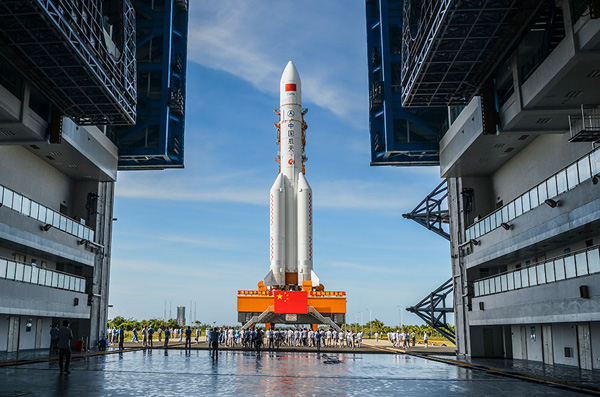
I'm 57 meters tall with a core diameter of 5 meters, two core stages and four boosters. My liftoff weight reached 870 metric tons, having a maximum payload of 25 tons to low Earth orbit (LEO), and 14 tons to geosynchronous transfer orbit.
The propellants are liquid oxygen with kerosene, and liquid oxygen with liquid hydrogen, which means I'm environmentally friendly.
In my maiden flight in November, I sent the Shijian 17 scientific experiment satellite and a Yuanzheng 2 upper stage into space.
For the third mission, later this year, I will send the Chang'e 5 lunar probe to the moon. In the future, I will put China's manned space station into orbit and send unmanned probes to Mars.
Long March 7 – cargo spacecraft dedicated
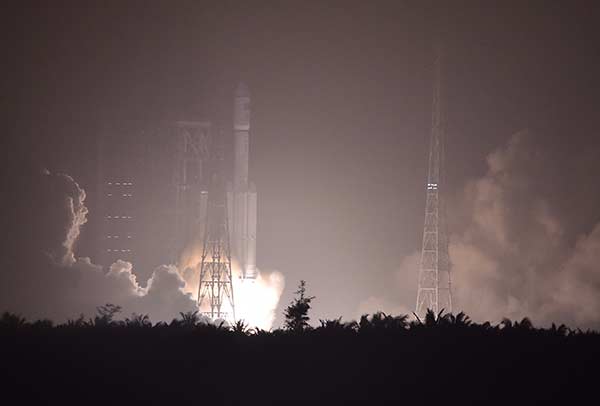
Long March 7 made its maiden space flight on June 25 last year, the 230th flight among the Long March rocket family.
Measuring 53 meters in length and weighing 597 tons, the Long March-7 can lift up to 13.5 tons to LEO and 5.5 tons to the Sun-synchronous orbit.
The diameter of its core module is 3.35 meters. It is a liquid-fuelled carrier rocket, and its propellants are pollution-free liquid oxygen and kerosene.
Long March 11 – sole solid-propellant rocket
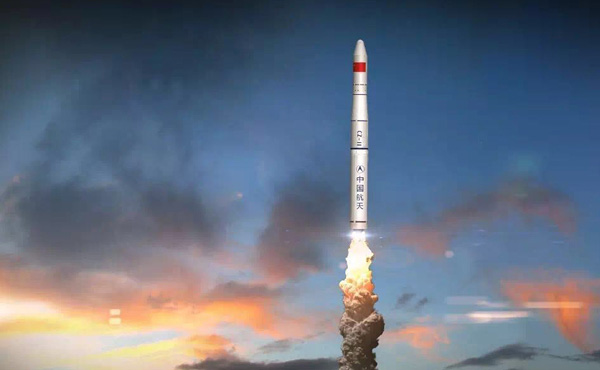
It is the shortest in my family, but is a four-stage solid-propellant rocket. It is the only series in the Long March family that uses solid propellants.
It is 20.8 meters in length and weighs 58 tons. It can lift 700 kilograms to LEO and 350 kilograms to the Sun-synchronous orbit.
It is mainly used for launching micro-satellites in the case of natural disasters or emergencies.
A Long March-11 rocket carried four micro-satellites into space on Sept 25, 2015.
Long March 6 - first using non-toxic and non-polluting fuel
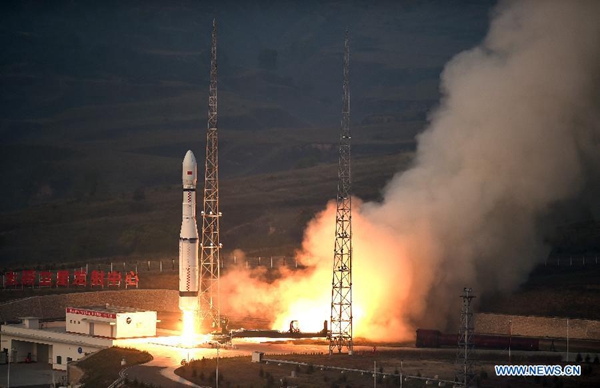
It is a three-stage rocket, about 29 meters in length, mainly used to launch micro-satellites. It can lift 500 kilograms to the Sun-synchronous orbit.
Fueled by liquid propellant - liquid oxygen and kerosene - the new carrier rocket is China's first that uses fuel free of toxicity and pollution.
On Sept 20, 2015, it carried 20 micro-satellites into the space in its maiden flight.
Long March 2F - known for launching manned spacecrafts
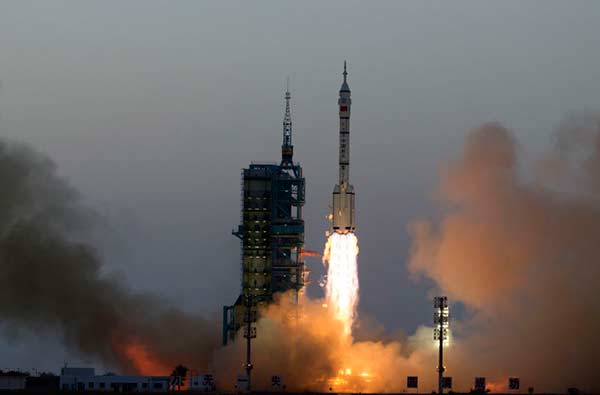
The Long March-2 is a two-stage rocket, a base model of many other launch vehicles in the family. And one of its famous variants is Long March 2F. China's manned space missions have so far relied on Long March 2F rockets, and the most recent flight has sent Shenzhou XI spacecraft with two astronauts into space on Oct 17, 2016. This launch was Long March-2F's 13th attempt and the 237th of the whole rocket family.
This is a graphic representing Long March 2F:
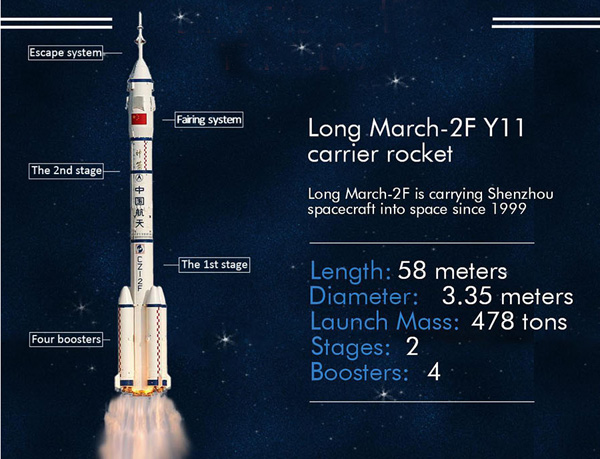
Long March 3 series – thin-necked
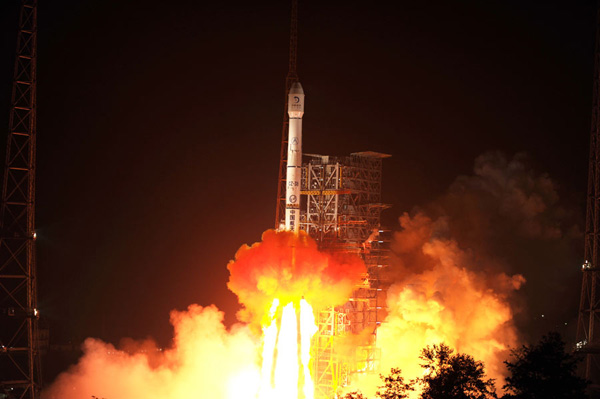
Long March 3 rockets with three stages usually are known for their thin necks.
Its first and second stage rockets have a diameter of 3.35 meters while its third stage rocket has a diameter of 2.25 meters. The fairing has a diameter of more than 4 meters in some missions.
The famous missions of Long March 3 rockets include the launch of China's Chang'e lunar probes and rover to moon.
Long March 4 series – high orbit launch vehicle
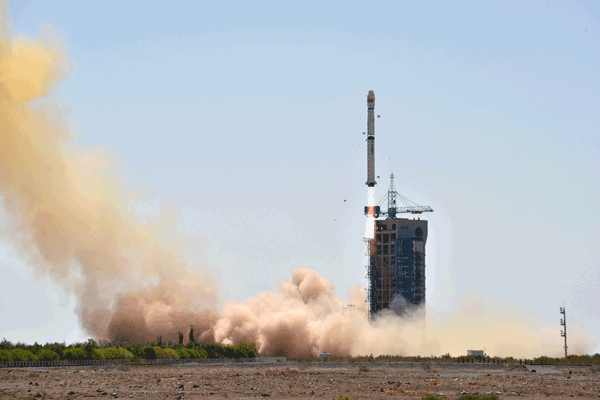
The series is mainly used to send satellites into geostationary orbit and solar-synchronous orbit.
Long March 4 is a three-stage regular carrier rocket. Long March 4A has a length of 41.9 meters and Long March 4B has a length of 45.58 meters. Both have a maximum diameter of 3.35 meters.
The most recent launch of Long March 4B sent the country's first space-based X-ray observatory into space in June.
Long March 1 – pioneer of the country's space exploration
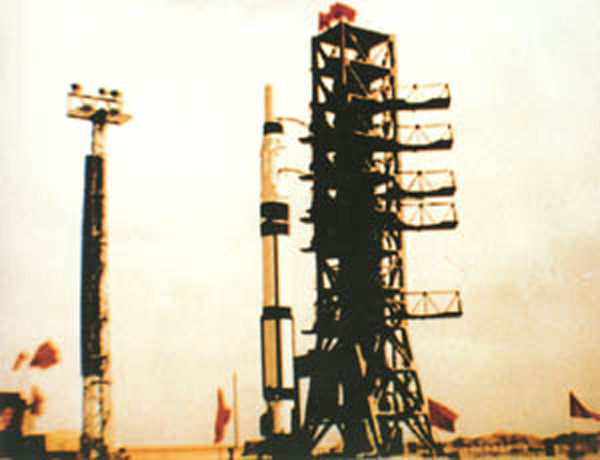
With a length of 29.86 meters and maximum diameter of 2.25 meters, the 81.6-ton Long March-1 has a liftoff thrust of 112 tons and is capable of sending a 300-kg satellite into LEO of 440 km high.
On April 24, 1970, China launched its first satellite, Dong Fang Hong 1, or "the East is Red," into the Earth's orbit on a Long March-1 rocket, becoming the fifth nation to achieve independent launch capacity after the Soviet Union, the United States, France and Japan.